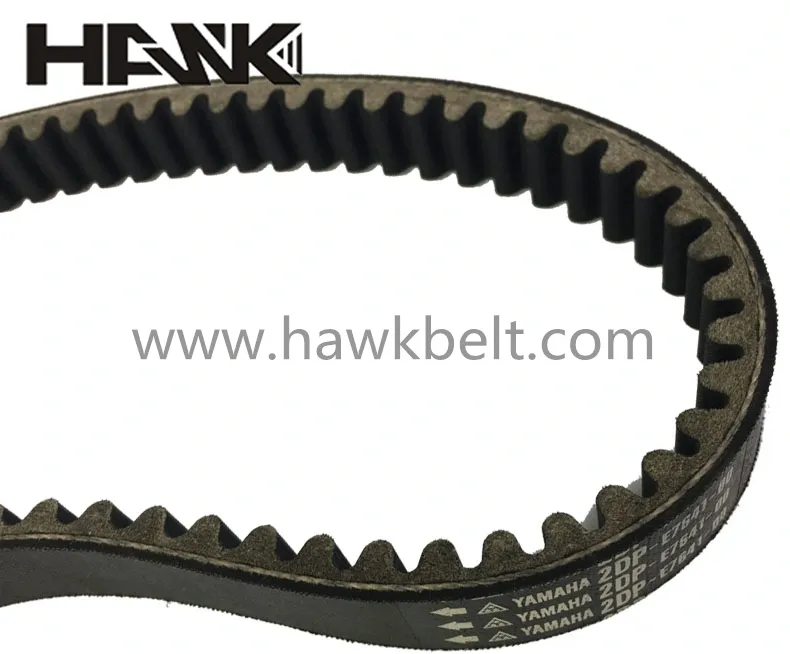- Arabic
- French
- Russian
- Spanish
- Portuguese
- Turkish
- Armenian
- English
- Albanian
- Amharic
- Azerbaijani
- Basque
- Belarusian
- Bengali
- Bosnian
- Bulgarian
- Catalan
- Cebuano
- Corsican
- Croatian
- Czech
- Danish
- Dutch
- Afrikaans
- Esperanto
- Estonian
- Finnish
- Frisian
- Galician
- Georgian
- German
- Greek
- Gujarati
- Haitian Creole
- hausa
- hawaiian
- Hebrew
- Hindi
- Miao
- Hungarian
- Icelandic
- igbo
- Indonesian
- irish
- Italian
- Japanese
- Javanese
- Kannada
- kazakh
- Khmer
- Rwandese
- Korean
- Kurdish
- Kyrgyz
- Lao
- Latin
- Latvian
- Lithuanian
- Luxembourgish
- Macedonian
- Malgashi
- Malay
- Malayalam
- Maltese
- Maori
- Marathi
- Mongolian
- Myanmar
- Nepali
- Norwegian
- Norwegian
- Occitan
- Pashto
- Persian
- Polish
- Punjabi
- Romanian
- Samoan
- Scottish Gaelic
- Serbian
- Sesotho
- Shona
- Sindhi
- Sinhala
- Slovak
- Slovenian
- Somali
- Sundanese
- Swahili
- Swedish
- Tagalog
- Tajik
- Tamil
- Tatar
- Telugu
- Thai
- Turkmen
- Ukrainian
- Urdu
- Uighur
- Uzbek
- Vietnamese
- Welsh
- Bantu
- Yiddish
- Yoruba
- Zulu
nov. . 02, 2024 10:06 Back to list
flat top belt
The Versatility and Applications of Flat Top Belts
In the world of industrial machinery and conveyor systems, flat top belts have emerged as a critical component, providing a versatile solution for various applications. Unlike traditional V-belts or round belts, flat top belts are designed with a flat, smooth surface that allows for efficient transportation and handling of materials. This design not only enhances performance but also minimizes wear and tear on both the belt and the items being transported.
The primary advantage of flat top belts lies in their ability to provide a stable platform for handling a variety of products. This stability is crucial in industries where precise alignment is necessary, such as in the packaging, food processing, and automotive sectors. The flat surface permits the safe transport of items without the risk of rolling or tipping over, making it ideal for moving containers, boxes, and even heavy machinery parts.
One of the most common applications of flat top belts is in the food conveyance industry. These belts are used to transport food products through different stages of processing, from washing to packaging. Their smooth surface ensures that there is no contamination, adhering to hygiene standards critical in food production. Additionally, flat top belts can be designed with various materials that are safe for food contact, making them compliant with health regulations.
In manufacturing settings, flat top belts facilitate efficient workflows by enabling quick transitions between different operations
. For instance, they are often used in assembly lines where components are transported between workers or machines for further processing. Their ability to handle alternating loads and changing product orientations makes them an excellent choice for dynamic production environments.flat top belt

Moreover, flat top belts are adaptable to various widths and lengths, allowing for customization according to specific operational requirements. This flexibility in design ensures that they can be integrated into existing systems without the need for significant modifications, thereby saving time and costs.
Another significant aspect of flat top belts is their ease of maintenance. Unlike other types of belts that require regular tension adjustments or replacements after significant wear, flat top belts typically require minimal upkeep. Their construction allows for easy cleaning, which is especially important in industries where cleanliness is paramount. Additionally, many flat top belt systems incorporate features such as automatic tensioning that help in prolonging the belt's lifespan.
The durability of flat top belts is another factor contributing to their widespread use. Crafted from robust materials such as polyurethane and PVC, they are resistant to abrasion and can withstand various environmental conditions, including high temperatures and exposure to chemicals. This resilience ensures that they maintain performance over time, reducing the need for replacements and enhancing overall productivity.
In conclusion, flat top belts represent an essential innovation in the field of industrial logistics. Their versatility, ease of maintenance, and ability to handle a diverse range of products make them a preferred choice across multiple industries. As technology advances, the design and functionality of flat top belts will likely continue to evolve, further enhancing their efficiency and applications in modern industrial processes. For businesses looking to optimize their operations, investing in flat top belts could lead to improved productivity and reduced operational costs.
-
Korean Auto Parts Timing Belt 24312-37500 For Hyundai/Kia
NewsMar.07,2025
-
7PK2300 90916-T2024 RIBBED BELT POLY V BELT PK BELT
NewsMar.07,2025
-
Chinese Auto Belt Factory 310-2M-22 For BMW/Mercedes-Benz
NewsMar.07,2025
-
Chinese Auto Belt Factory 310-2M-22 For BMW/Mercedes-Benz
NewsMar.07,2025
-
90916-02660 PK Belt 6PK1680 For Toyota
NewsMar.07,2025
-
drive belt serpentine belt
NewsMar.07,2025

